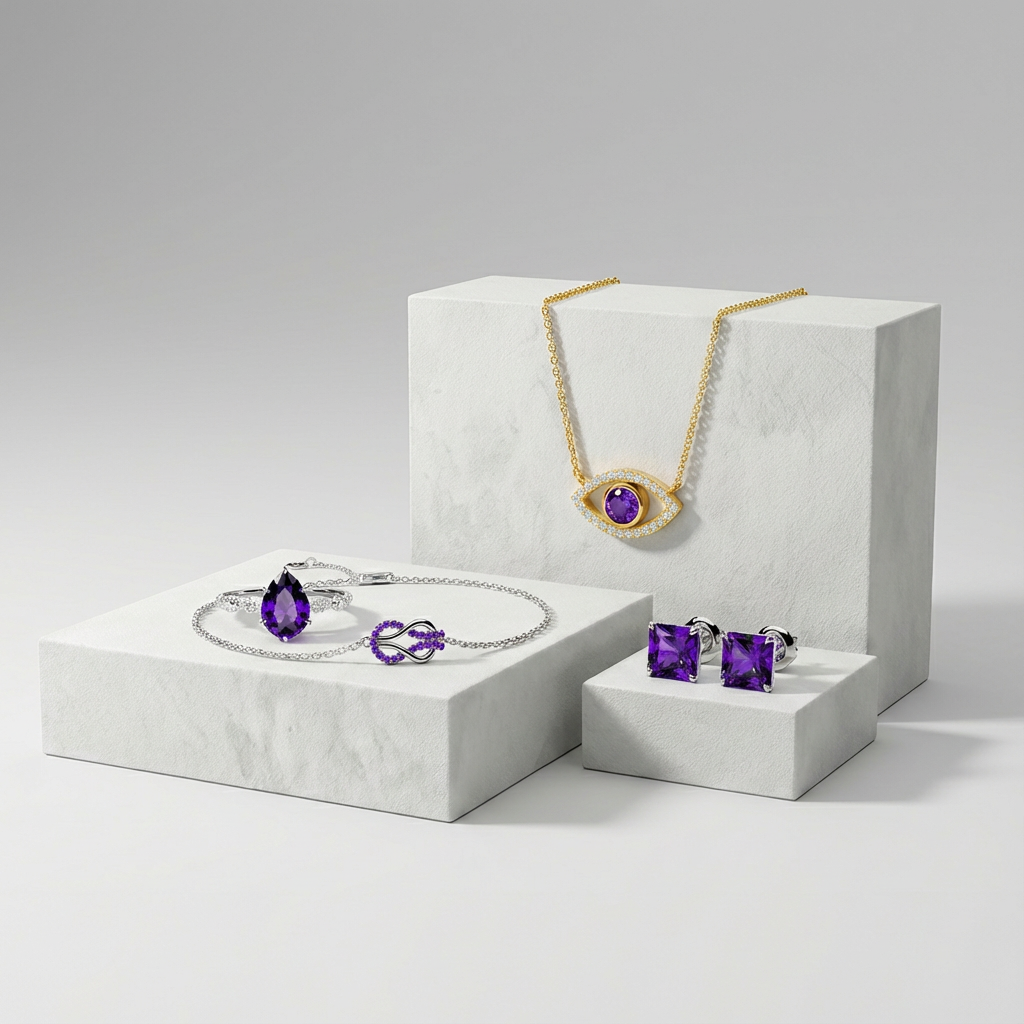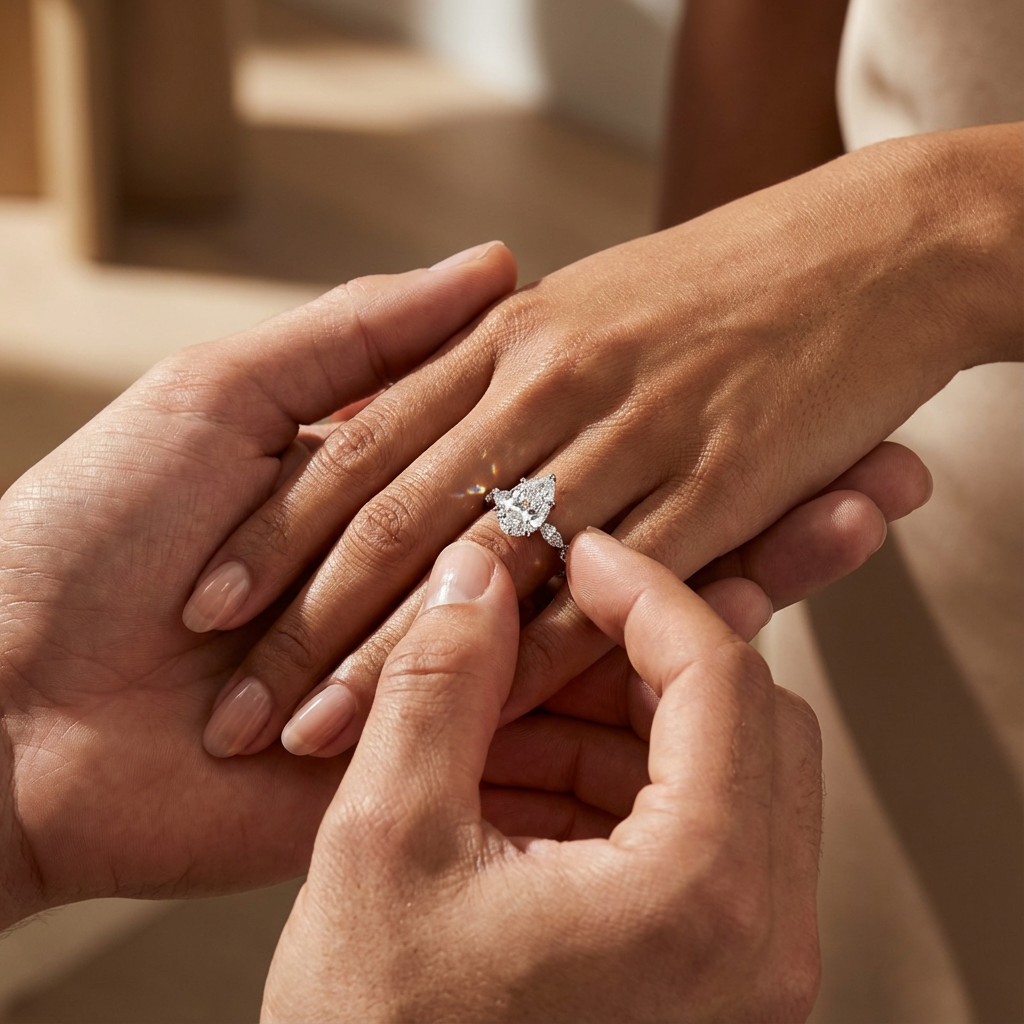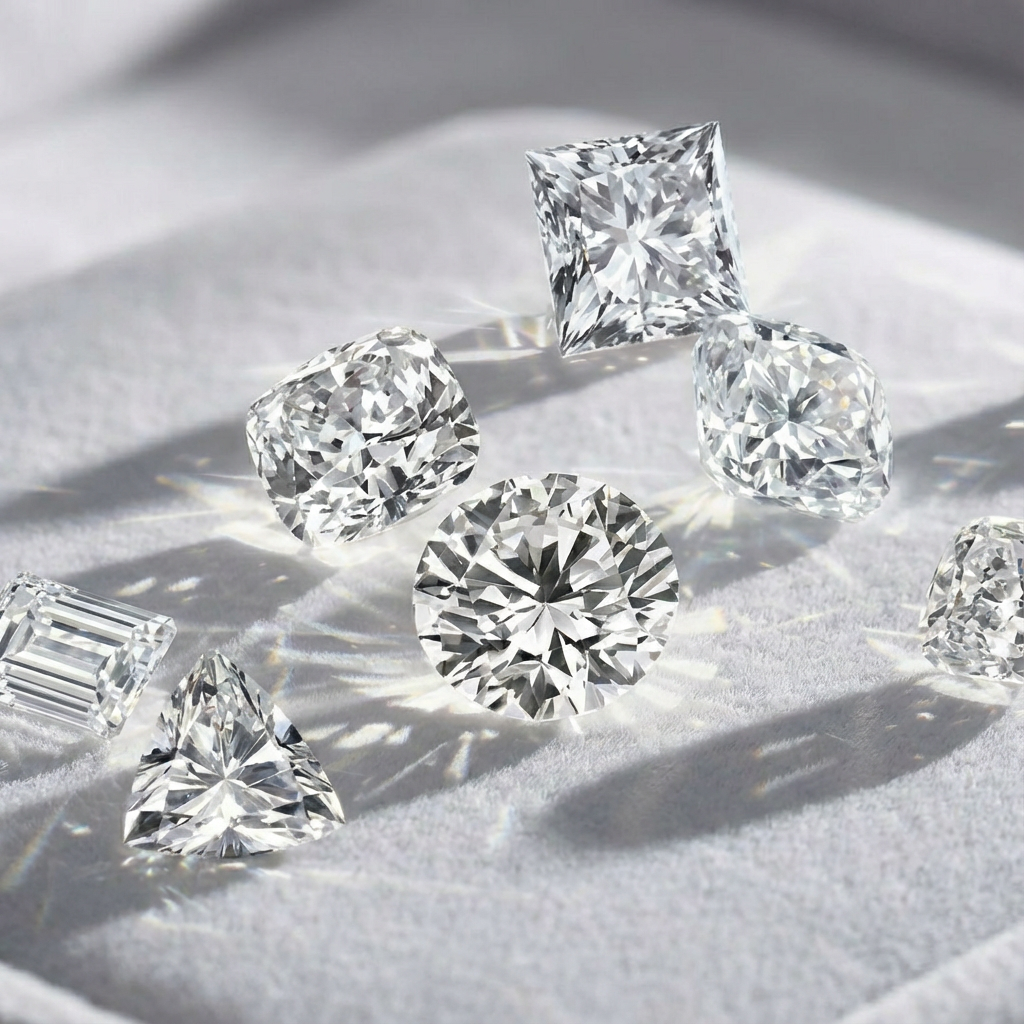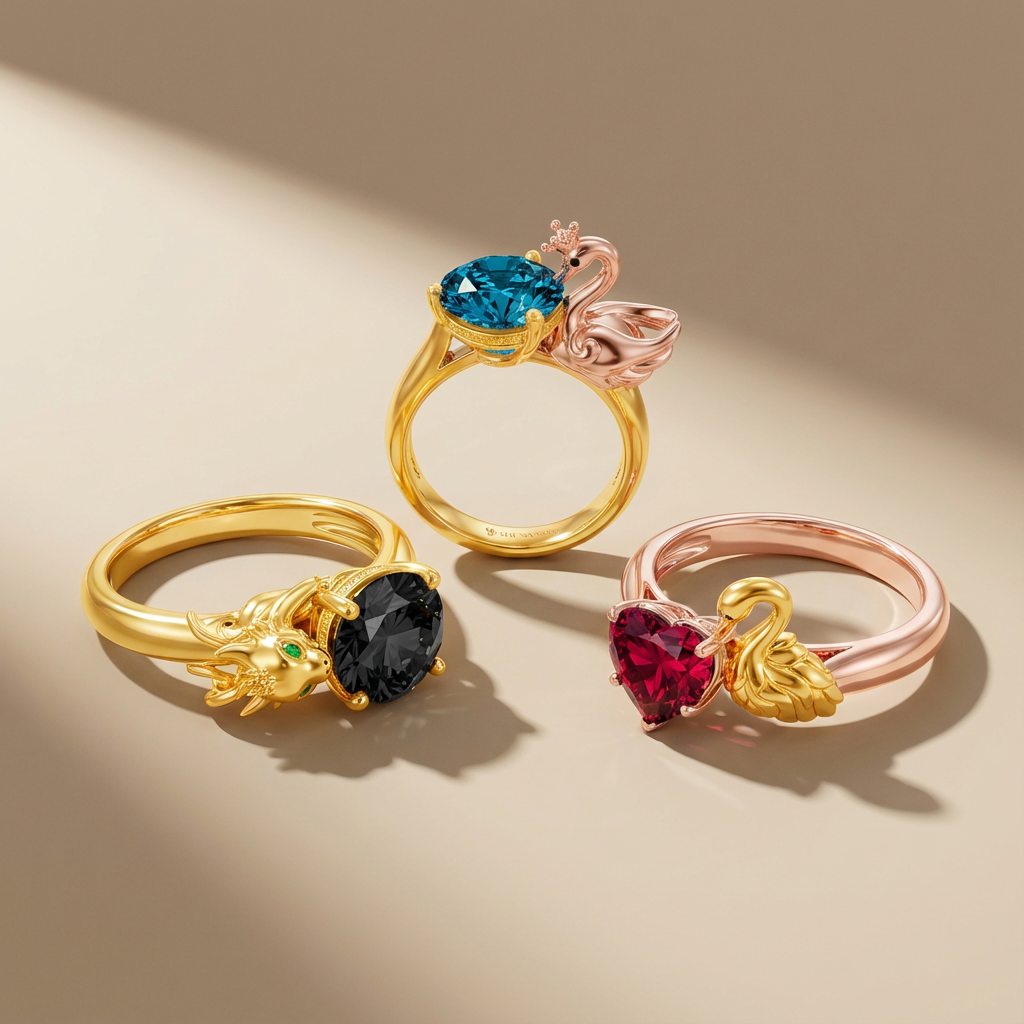You may know about Garnet because it is the birthstone of January. As one of the gemstones that own long history, garnets always play an essential role in the jewelry market. Come and check this Q&A guide before buying garnet jewelry. It can offer you some helpful information when you need to know.
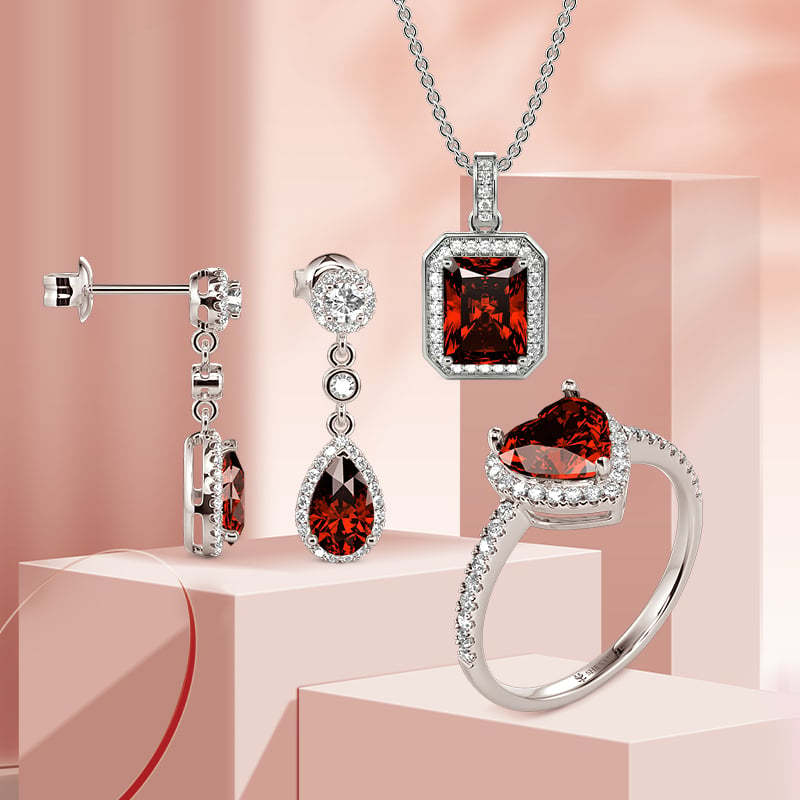
Q1: What color is the garnet?
A: Garnet owns almost every color due to the particular minerals’ structure. But the most common and widespread is red. Other color garnets like Demantoid and Tsavorite are also rare and famous in their unique green. Besides, garnet can even present the color-change phenomenon under rare conditions that could create incredible hues.
Q2: How is the clarity of the garnet?
A: Typical garnet clarity often depends on its type. For example, red garnets often don’t have eye-visible inclusions. But In some garnets, inclusions could be unique designs from mother nature to enhance the further beauty, such as: “horsetails” in demantoid garnets and “turbulent” in hessonite garnets.
Q3: What about the cut of the garnet?
A: Garnets are also famous for designer cuts and carvings. Generally, standard shapes and sizes could make garnet to allow the natural light and collaborate with jewelry making. Cabochons and beads are classic types of cutting in red garnets, for they can bring high clarity and transparency.
Q4: Has the garnet been treated to enhance its color?
A: Although many gemstones are enhanced by various treatments, such as irradiation, heat, and diffusion, garnet garnets are seldom synthesized to enhance their brilliance. Most of the garnets on the market today are most likely to be 100% natural. The ready availability of garnet is enough to show its sparkle that doesn’t need further improvement through artificial ways.
Q5: Does garnet cost much?
A: Generally speaking, common red garnets can be purchased for $20 for 100 grams of raw material. So it’s pretty affordable for a daily ornament. Although garnet has been considered an inexpensive gemstone for years, the price of the most treasured garnet like Demantoid and Tsavorites starts from $1,000 per carat.
Q6: How to differ it from other imitations?
A: As the most common gemstone in the market, garnets seldom have imitations, but they still exist from time to time. Most of the time, glass is the primary material of garnet imitations. Due to this essence, it’s often softer and spotless than genuine garnet and has almost no inclusions. Another garnet imitation is synthetic, significantly different from the glass one. It’s harder, heavier, and has a greater refractive index. However, natural garnets have no pleochroism and remain dark under polariscope.
Q7: How do I care for my garnet jewelry?
A: No matter what kind of jewelry it is, the padded container is a great way to protect it. Garnet is no exception. The best way to keep it clean is to use warm, sudsy water and a tightly woven microfiber or other soft cloth. First, ensure that you rinse properly to get rid of soapy residue. Then, wipe dry with a soft cotton cloth. Steam cleaning, however, is not recommended for garnet jewelry, for it could damage the stone.
Q8: Where to buy garnet jewelry?
A: SHE·SAID·YES!!! Browse through our collection and search for garnet rings, earrings, necklaces, and bracelets. You will also find special sections for garnet Engagement Rings and garnet Wedding Rings.



